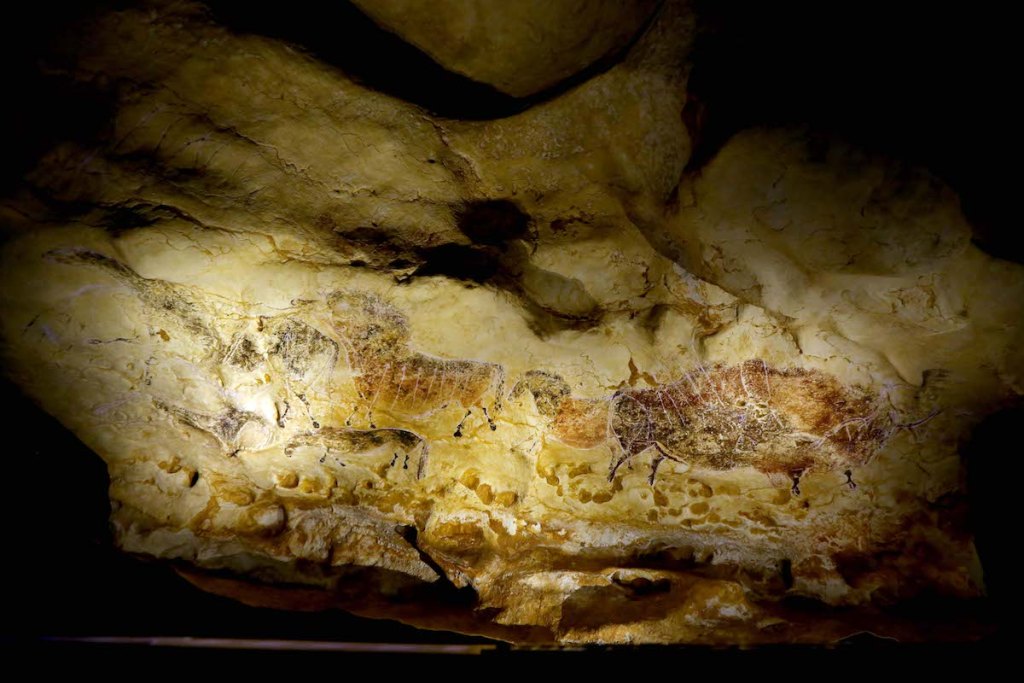ART NEWS
Ancient Cave Painters May Have Experienced Hallucinations, Study Finds
A new study has shed light on the conditions in which ancient cave painters created artworks. According to a report by CNN, researchers from Tel Aviv University focused on cave paintings in Europe have found that the painters chose some of the deepest and darkest parts of the caverns for their works.
The new research, published in Time and Mind: The Journal of Archaeology, Consciousness and Culture, examined caves mostly in Spain and France from the Upper Paleolithic period, which spans 40,000 to 14,000 years ago. It revealed that the use of fire to light the depths of the caves was necessary to create the ancient paintings, and that the painters were likely deprived from oxygen as a result of those fires.
[Read about some of the most significant archaeological findings of the 2010s.]
Ran Barkai, a professor of prehistoric archaeology at Tel Aviv University who worked on the study, told CNN that the painters may have experienced hypoxia, which can cause hallucinations. Barkai said that such conditions were cultivated intentionally.
“It was used to get connected with things,” Barkai told CNN. “We don’t call it cave art. It’s not a museum.”
“It was not the decoration that rendered the caves significant but the opposite: the significance of the chosen caves was the reason for their decoration,” the study states.
According to CNN, further research will examine why children were present for painting efforts in deep parts of the caves and if people were able to build up their tolerance to the low oxygen conditions.











